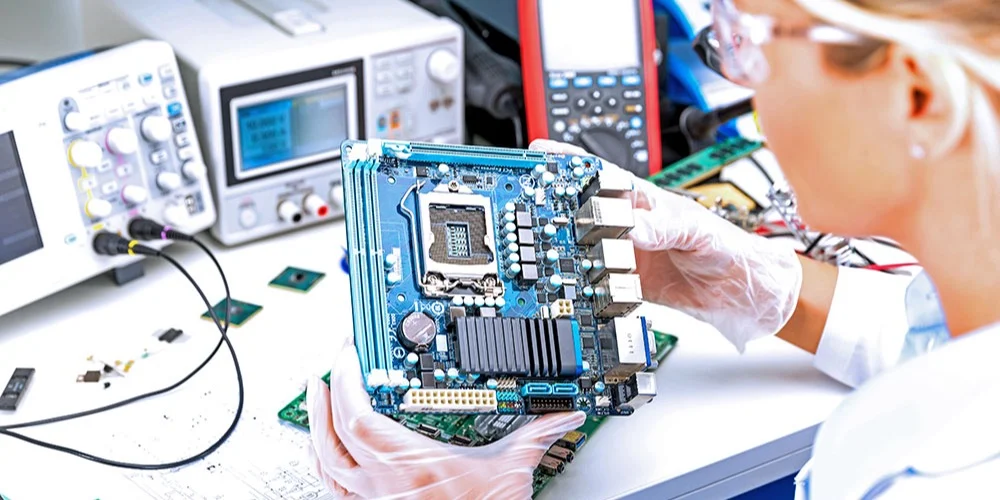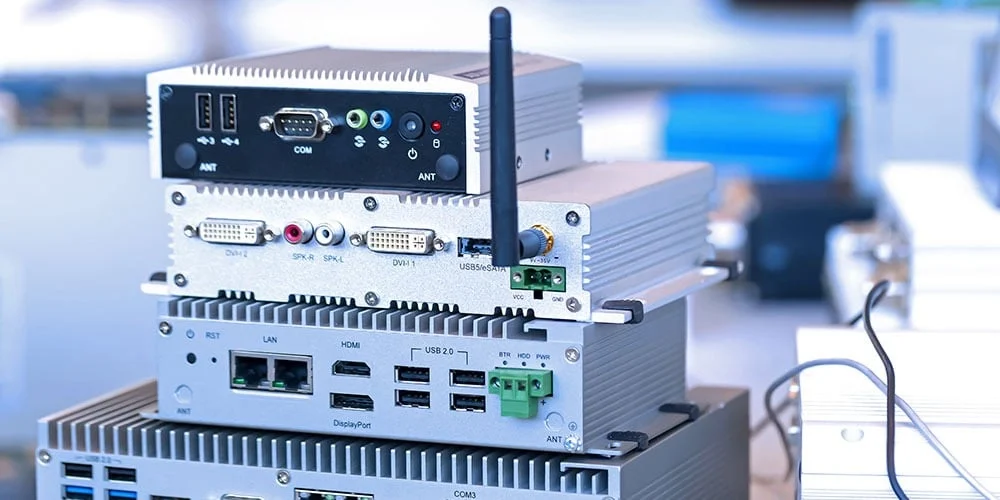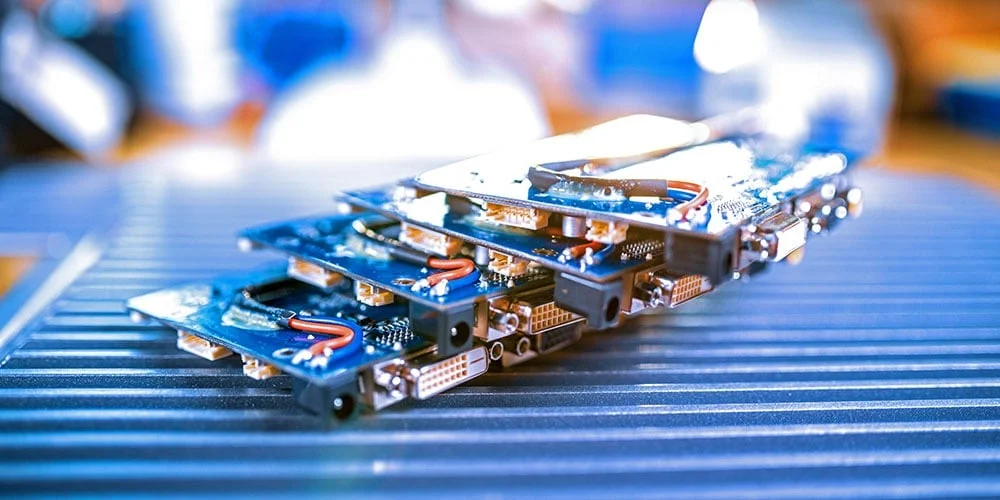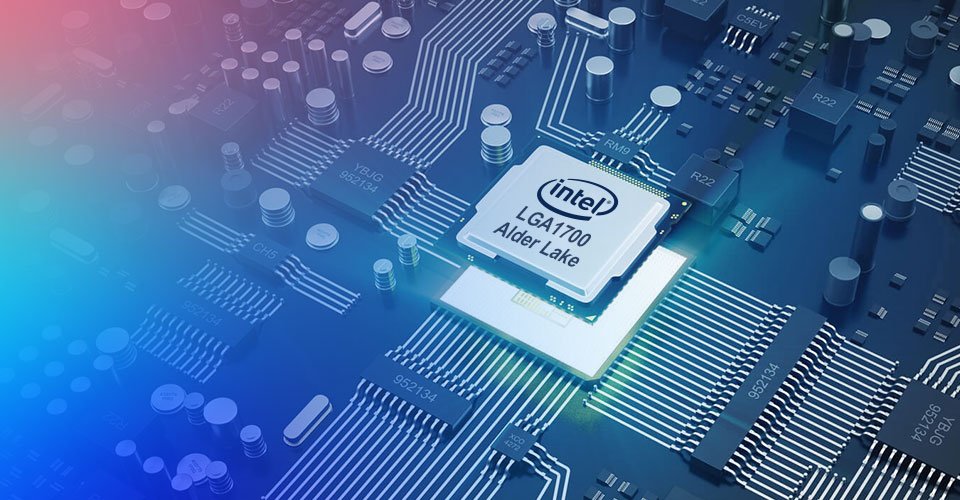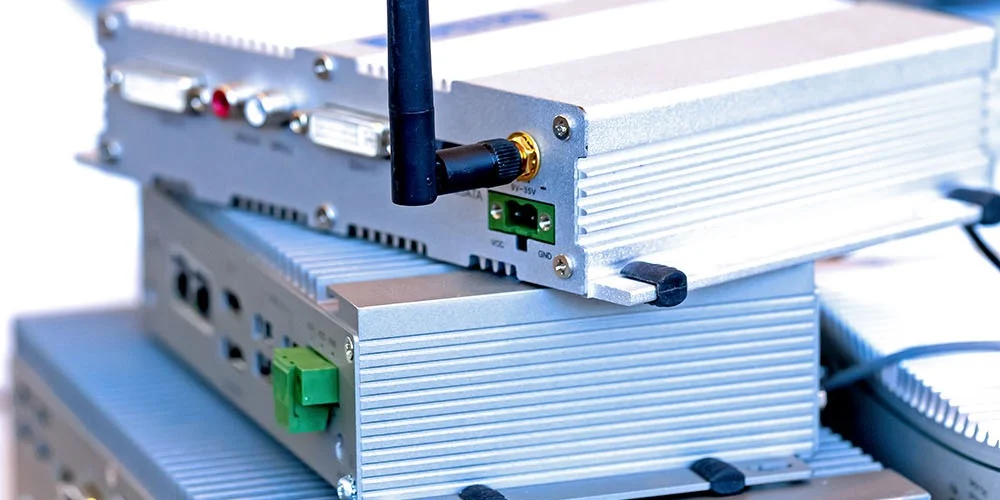We mentioned at the beginning four differentiating characteristics of embedded systems compared to servers and workstations. They are purpose, design, price, and human involvement.
These characteristics are also helpful when deciding which of these high-performance computers is suitable for your program or application.
Regarding purpose, servers and workstations are usually general-purpose computers designed to manage and execute various tasks and thus meet a vast array of user needs, e.g., file hosting and sharing, application execution and access, big data analysis, web browsing, document creation, and so on.
Embedded systems, however, perform the same task or a few tasks repeatedly, e.g., acquiring specific environmental data using a sensor attached to a military UAV and transmitting this information to a ground control station, whose operators can use it to make tactical decisions.
Regarding design, a typical server or workstation, at least in the high-performance computing industry, has a 19-inch-rack-mount configuration, employs fans and ventilation for heat dissipation, and is not sealed. It may or may not be ruggedized to withstand harsh conditions.
In contrast, an embedded system is usually sealed, fanless, and ventless, relying on heat sinks for heat dissipation. Its occlusive design shields its internal components from the outside world, making the system inherently more rugged than its counterparts; no fans, no vents, and a sealed body mean no particulates, or environmental matter, such as dust and debris, blocking vents, giving rise to a shutdown, or damaging an embedded system’s components. The system may also be further ruggedized to withstand shock, vibration, rain, and other conditions.
Regarding price, servers and workstations are usually more expensive than embedded systems, and understandably so, as the former usually has more processing power, more volatile and non-volatile memory, a more substantial construction, and, overall, can manage more tasks more effectively.
Regarding human involvement, servers and workstations, because of their multi-purpose nature and innate interaction with the user, require more human attention and maintenance than embedded computers, which are usually programmed and designed to function autonomously and with an exceptional degree of fault tolerance within larger mechanical, electrical, or electronic systems. Accordingly, system longevity, resiliency, and continuity are at the center of embedded computing design and are even more crucial factors to consider in hard real-time embedded system design.

